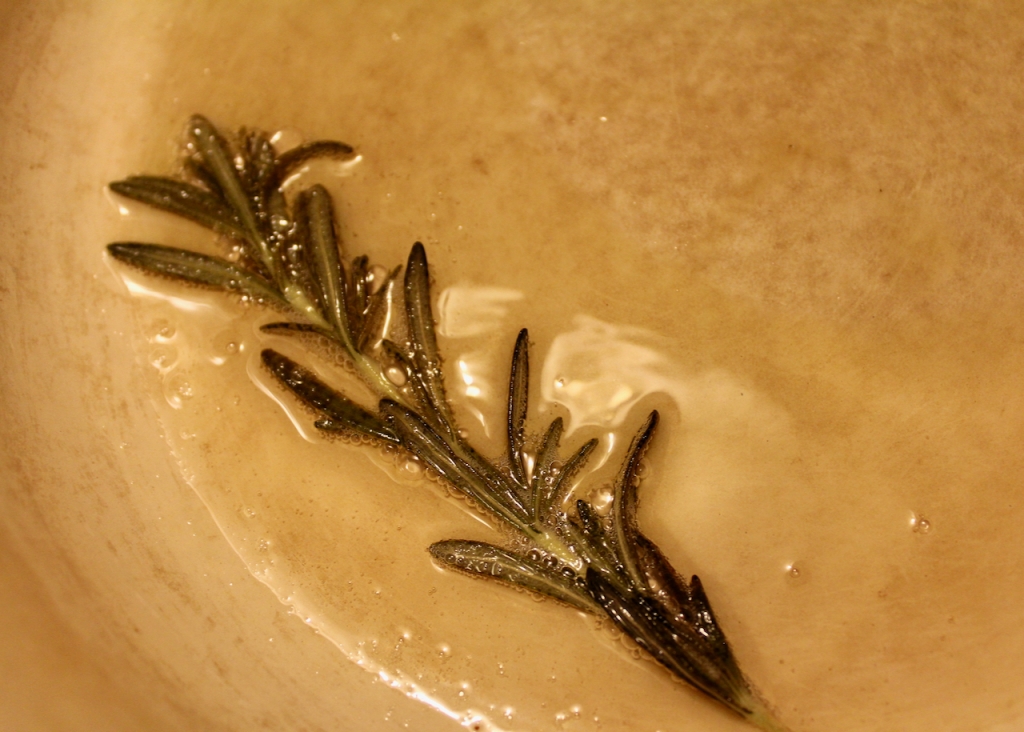Continuing our household effort to dine more healthfully, ethically, and sustainably while attempting to reduce the number of trips we make into town to shop during the Covid-19 pandemic, I have been researching and exploring the big wide world of grocery delivery services.
The most notable delivery last week was our inaugural order from The Honest Bison.
The Honest Bison was founded on one very simple truth: we believe everyone deserves access to food they can trust. When we realized just how hard it was to find unprocessed, humanely raised, quality meats in today’s markets, The Honest Bison was born.
We started out with just 100% grassfed bison but have since branched out to include a curated selection of other high-quality meats as well. As we continue to expand, our mission still remains the same – to bring trust back into today’s food system.
From The Honest Bison’s “about” page
I picked out a variety of cuts of grassfed bison, elk and venison, in addition to bison snack sticks, jerky, oxtails, ground meat and soup bones.
Bison meat is leaner and significantly lower in calories than a comparable serving of beef, and is a good source of protein, B vitamins, selenium, zinc and iron.
*** Please note: this order was purchase entirely out of pocket and this post is not an ad, I’m just a pleasantly surprised first time customer ***
Bison and Butternut Squash Stew – truncated recipe at the bottom of this post
I started this stew as I would any other, steeping some herbs in fat…
In this case I opted for rendered bacon fat and rosemary.

For a lean meat like bison, adding a rich fat to the pot helps keep things supple and moist during browning.

Warming woody herbs gently in fat first releases the aromatic oils for maximum flavor.

I removed the rosemary and added a one pound package of bison stew meat (thawed, patted dry and seasoned with sea salt and freshly cracked pepper) to the pot and cooked it for a few minutes over medium-low heat until gently browned.
I then removed the meat from the pot and added a diced medium-sized yellow onion and two finely sliced cloves of garlic to the fat, plus a tablespoon of good quality extra virgin olive oil and two tablespoons of water.
I simmered this all together while stirring occasionally over medium-low heat until softened and golden.

I returned the meat to the pot and added 14oz of crushed tomatoes, a bay leaf, cumin, red pepper flakes, and a tablespoon of good quality balsamic vinegar to mimic the red wine traditionally used in hearty red meat stews.


When stewing meats I like to add acidic elements like tomatoes and balsamic which can help tenderize meat and break down connective tissue.

I also added a tablespoon of red miso paste for maximum umami and enhanced complexity.

I then added approximately 16oz gelatinous, homemade, collagen-rich chicken bone broth concentrate made earlier in the week, in addition to enough water to allow everything to float around freely within the pot.

Next, I peeled and cubed half of a large butternut squash, roughly 2 cups total, and simmered everything together over medium-low heat for two hours, stirring occasionally until the liquid was significantly reduced and the contents of the pot were moderately homogeneous, seasoned to taste with more sea salt and more pepper once finished.
Butternut squash is one of my favorite ingredients to add to winter stews because it is inexpensive, abundant, nutritious, and when cooked slowly, surrenders beautifully to create a full-flavored, impossibly sumptuous gravy.

Served humbly over steamed rice, this bison stew was wonderfully rich and satisfying. The bison meat itself was so hearty and deeply comforting; we went to bed with full bellies and woke up with an urgent hankering to eat leftover stew for breakfast.
Bison and Butternut Squash Stew Recipe
- 1 tablespoon bacon fat
- 1 rosemary sprig
- 1 pound bison chunks
- 1 medium yellow onion, diced
- 2 cloves garlic, finely sliced
- 1 tablespoon extra virgin olive oil + 2 tablespoons water
- Bone broth, stock, and/or water as needed
- 14 ounces (half of the 28oz can pictured above) crushed tomatoes
- 1 tablespoon balsamic vinegar (in place of red wine)
- 1 bay leaf
- 1 scant teaspoon cumin
- 1 heaped teaspoon red pepper flakes
- 1 tablespoon red miso paste
- sea salt to taste
- fresh cracked black pepper to taste
- approx. 2 cups cubed butternut squash
In a large pot, combine bacon fat and rosemary and warm together over medium heat until fragrant. Remove the rosemary and add one pound of 1″ cubed bison stew meat. Cook 8 minutes or until gently browned. Remove meat from the pot and set aside on a spare plate. Add diced onion, finely sliced garlic, EVOO and water to the pot and simmer until golden and soft. Add meat back into the pot as well as any juices that collected on the plate.
Add crushed tomatoes, bay leaf, cumin, red pepper flakes, and balsamic vinegar, and stir. Add red miso paste and stir well to dissolve. Add bone broth and water to the pot to suit your own taste, or until there is enough liquid in the pot for things to move around freely. Add cubed squash and stir. Bring the contents of the pot up to a boil, then reduce heat to medium-low and simmer 1.5-2 hours, stirring occasionally until the liquid is significantly reduced, meat is fork-tender, and contents of the pot are moderately homogeneous.
Serve over steamed rice, potatoes or boiled noodles.
One pot makes 4-6 servings depending on appetites and once cooled, the leftovers refrigerate, freeze and reheat well.
Enjoy in good health ~ Bette